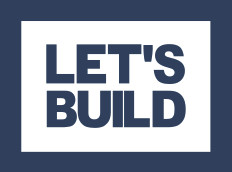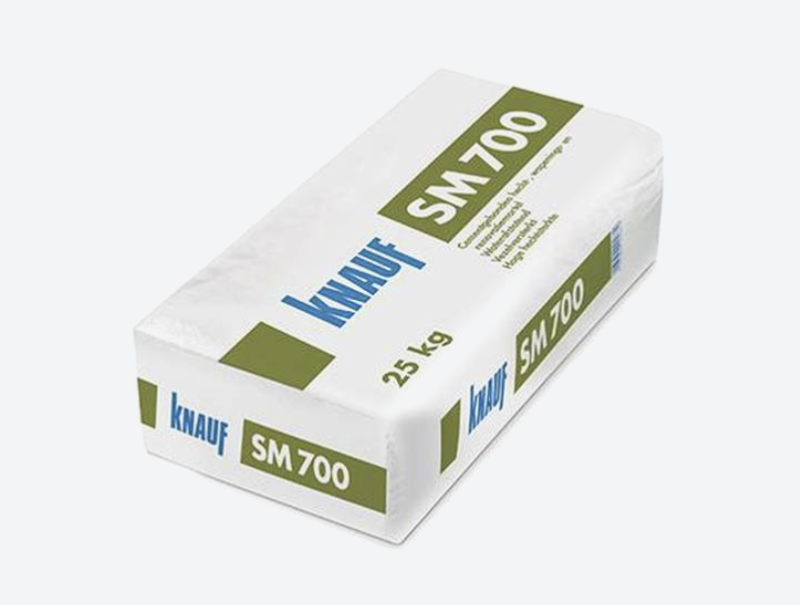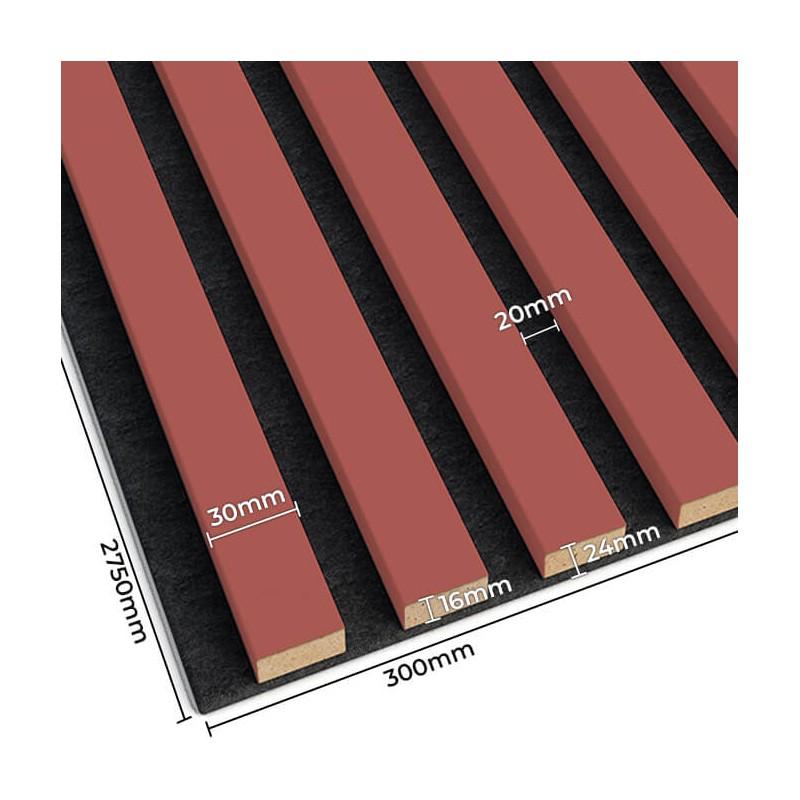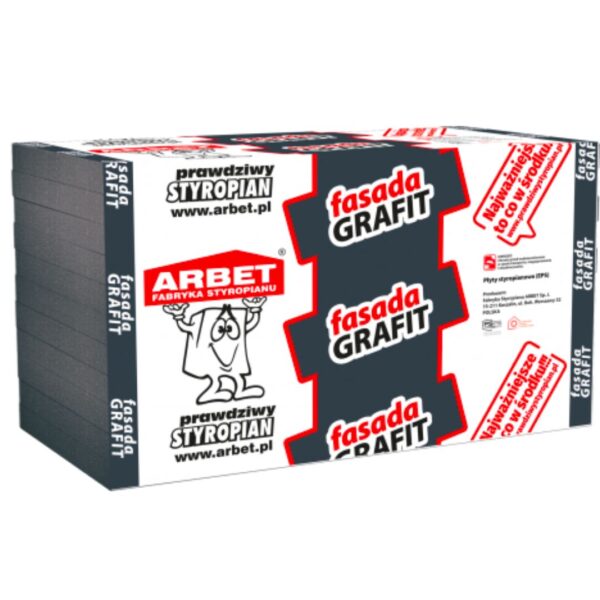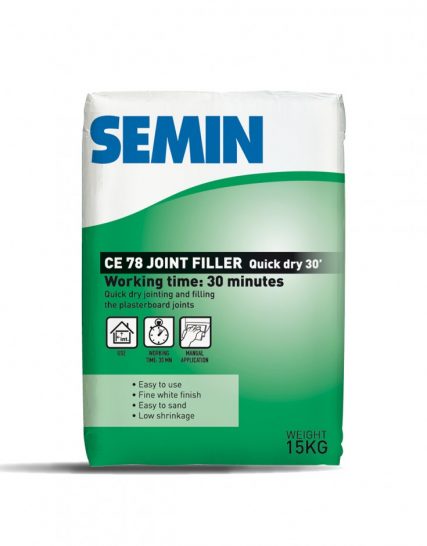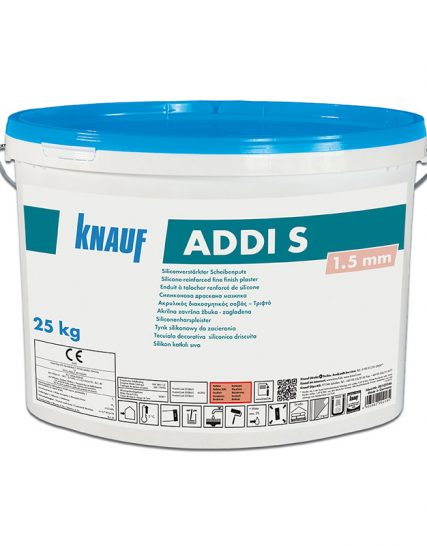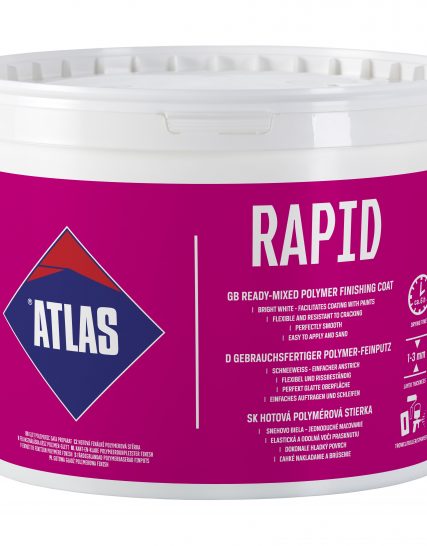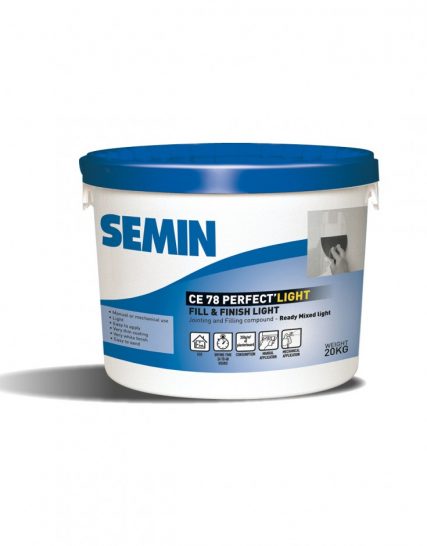- You have no items in your shopping cart
- Subtotal: £0.00
Facade Eko GRAFIT polystyrene boards are intended for use in applications that do not require the transfer of mechanical loads, or require the transfer of small mechanical loads, in which, for technical or aesthetic reasons, insulation of the smallest possible thickness should be used. They are recommended primarily for thermal insulation of energy-saving and passive buildings.
These boards can be used, among other things, for insulation
- walls in external combined ETICS insulation systems (“light wet” method, jointless BSO insulation system)
- walls with cladding and a ventilated air gap
- diaphragm walls with a ventilated air gap
- diaphragm walls with an unventilated air gap
- in the construction of internal partition walls
- walls in a frame structure with cladding
- ceilings from below in the ETICS system (BSO, “light wet method”)
- ceilings with cladding underneath
- steep roofs between the rafters
- steep roofs under the supporting structure
- ventilated flat roofs.
Note: The suitability of an insulating product for a given application should be decided by the designer.
HOW TO DEAL WITH GRAPHITE POLYSTYROFOAM BOARDS
Transport and storage
The GRAFIT facade and GRAFIT floor/roof polystyrene boards absorb more sunlight than standard (white) boards. Therefore, they should be protected against direct sunlight, both during transport and storage. Failure to secure the boards may result in the so-called “melting”, causing destruction of their structure.
Embedding
The GRAFIT facade and GRAFIT floor/roof polystyrene boards should be protected against sunlight, also during installation. Sun rays acting on the plate increase the linear dimensions of the plate. One way to protect yourself is to use facade nets on scaffolding.
If the boards are exposed to sunlight just before gluing, gaps may appear between them after gluing, as a result of the reduction of the boards’ dimensions after the sun exposure ceases.
Freshly glued boards in low sunlight conditions, when intense sunlight occurs, which increases the dimensions of tightly glued boards, may detach from the unbonded adhesive and fall off the wall locally. This phenomenon should not be confused with poor adhesion and quality of the adhesive.
Insulation work is best carried out at temperatures from +5°C to +25°C. This should also be the temperature of the substrate and the installed boards.
The adhesion of the adhesive to the GRAFIT facade and GRAFIT floor/roof polystyrene boards may be slightly worse than that of standard polystyrene boards, however, with the appropriate quality of the adhesive and the correct gluing technology, there should be no problem with the adhesive bonding. You can use both adhesives intended for graphite plates and traditional adhesives of the quality declared by the manufacturer.
To check the adhesion of the adhesive mortar to the boards (and the substrate), you can glue the polystyrene foam to the substrate and try to remove it after a few days (depending on the time of setting the adhesive mortar and achieving full strength – data from the adhesive manufacturer). If the tear occurs within the thickness of the Styrofoam, it can be assumed that the adhesion is sufficient. Removing the Styrofoam and adhesive from the wall surface means it is necessary to strengthen the substrate, e.g. by properly cleaning and priming it. Removing the Styrofoam from the wall on which the adhesive mortar was left may mean the need to improve the adhesion of the board surface, e.g. by grinding them. Sanded boards should be dust-free before gluing.
In this case, the quality of the glue (adhesive mortar) should also be checked.
